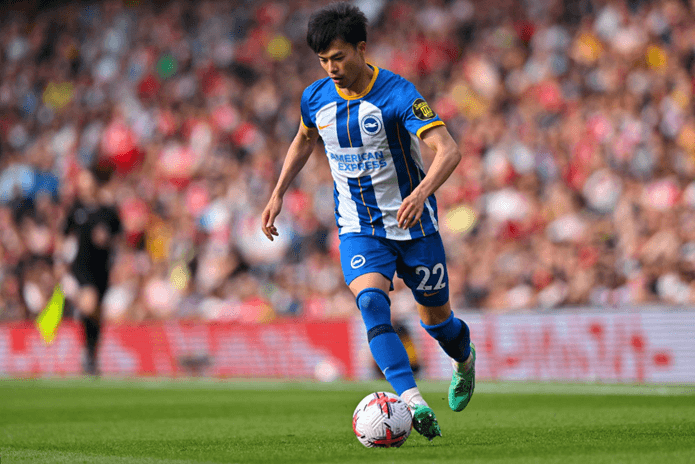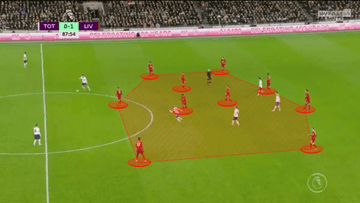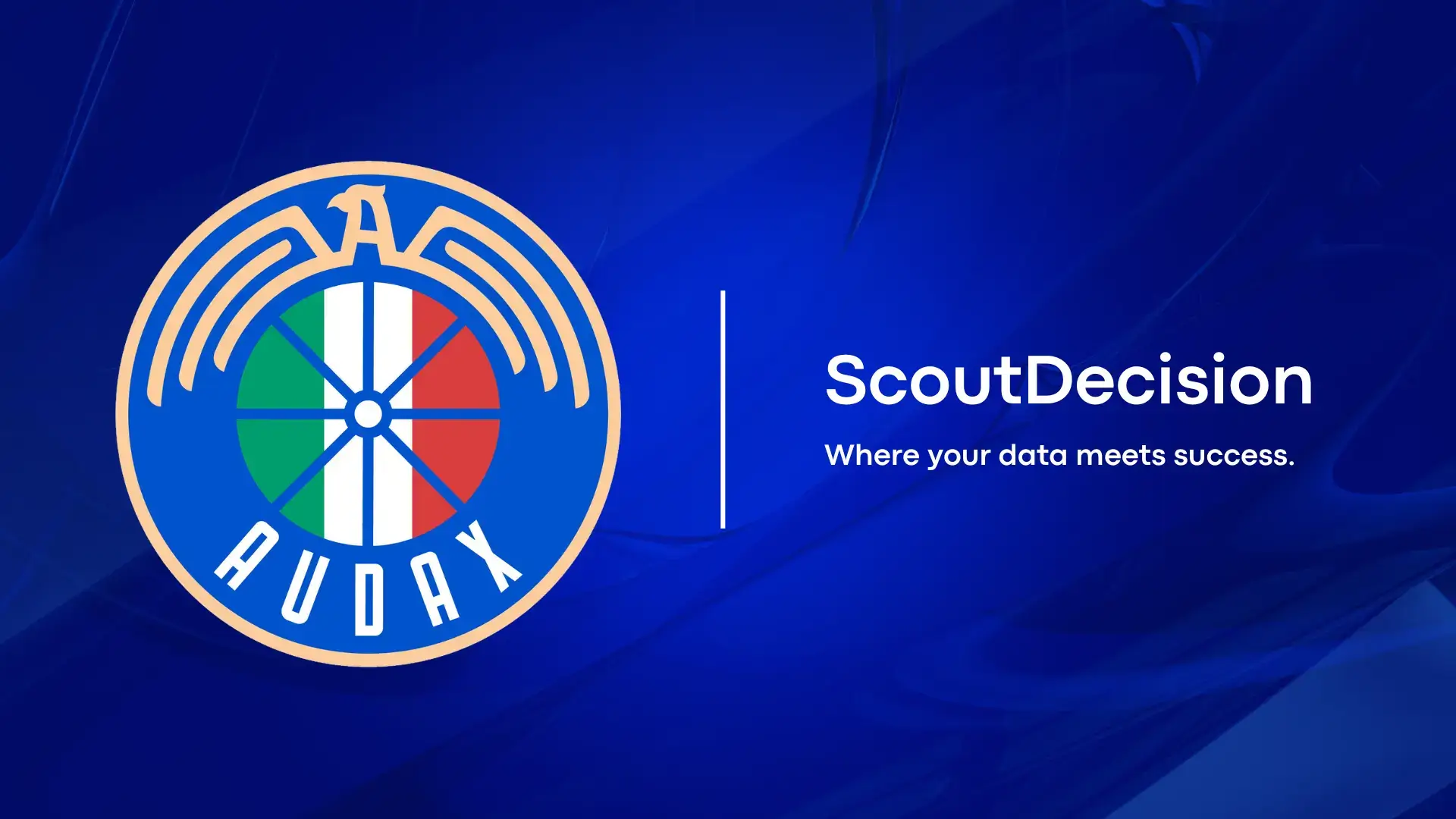Big Data e Futebol
A análise de dados e aprendizado de máquina têm tido um enorme impacto na tomada de decisões ao redor do mundo e estão melhorando as decisões baseadas em estatísticas em todos os aspectos da vida. A influência dos dados no esporte tornou-se muito evidente recentemente, mas tem afetado o mundo dos esportes há anos. Inicialmente, começou a impactar esportes como beisebol e basquete, que podem ser mais claramente definidos por estatísticas básicas. No beisebol, você tem o ERA de cada arremessador e a média de rebatidas de cada rebatedor, e no basquete você tem os PTS, REB, AST de cada jogador, etc. O uso de big data no beisebol ganhou destaque na cultura popular quando o filme Moneyball foi lançado em 2010. Moneyball é um filme sobre o dono do Oakland A’s, Billy Beane, que usou análise de dados para levar a equipe aos playoffs por quatro anos seguidos, apesar de operar com o menor orçamento da MLB. Beane analisou como os jogadores eram valorizados na liga e descobriu que toda a liga estava muito focada na média de rebatidas, e que a porcentagem de chegada à base e a habilidade de um rebatedor em conseguir bases por bolas eram mais importantes na determinação do valor de um rebatedor. Ele usou essa descoberta para visar jogadores subvalorizados e contratá-los por contratos que ofereciam bom valor (um jogador com alto desempenho por um custo razoável) para a equipe. O uso da análise de dados levou um pouco mais de tempo para se tornar popular no futebol, pois há menos pontuação e é necessário usar estatísticas mais avançadas para realmente determinar o valor de um jogador. Também houve muita resistência por parte de fãs e técnicos que não acreditam em dados e prefeririam apenas usar o "teste do olho". É verdade que seria incrivelmente tolo depender apenas de dados para tomar decisões, mas, dado o sucesso recente de equipes como Brighton e Liverpool, fica claro que, se usados corretamente, os dados podem ser extremamente frutíferos na orientação de decisões sobre contratações de jogadores e táticas de jogo.

Brighton have been able to bring in plenty of undiscovered young talent, making them one of the most exciting teams in the Premier League this season. Moises Caicedo and Kaoru Mitoma have both been immense for Brighton this season after being signed for 5 million euros or less, which is impressive given how clubs like Chelsea signed multiple players last year for over 50 million euros. Plenty of Brighton’s success in the transfer market can be attributed to their owner Tony Bloom. Bloom is a sports betting entrepreneur, which gives them a massive advantage as they have access to more data than any other clubs can get. He has his own software algorithm that filters the whole market and is kept secret from everyone that could possibly leak who Brighton is targeting in the market. Although they have access to rich data and models that predict which players will turn out to be valuable in the future, there is still much more that goes into their scouting process. They have a full team of scouts that work just like they would if they didn’t have access to all of that data. The difference is that their data and models point out players in different leagues and countries that they may not have decided to scout without the data. This way the scouts are able to effectively follow a map to look for players that perform in categories that fit the club's model, sort of like stepping into a grocery store and reading the signs to find the right aisle for a category of one’s desired food items. Similarly, the data guides scouts in identifying the category type of player they seek. Once they reach that aisle of players, they may evaluate additional factors and then select the specific player that suits their requirements. Clubs like Liverpool have shown how effective using data combined with specifically defined roles for each position can be. Their available team is constantly changing with injuries, transfers, and international duty, so data analysts are constantly updating their models that make player assessments as well as gauging team dynamics. In Liverpool’s high-octane, constant pressure system they needed a center midfielder that could cover an immense amount of ground, provide goals and assists in attack, and be solid defensively. Their scouts, with the help of artificial intelligence scouting, were able to identify Gini Wijnaldum from Newcastle as someone that fit the role perfectly. Liverpool then went and signed Wijnaldum for a modest fee of 27.5 million euros. Over the next five seasons Wijnaldum was a crucial part of Liverpool’s Premier League and Champions League winning squad, perfectly fitting the role Liverpool set out for him. Then, when Wijnaldum left Liverpool in 2021 and signed with PSG, who has a massive bankroll and tendency to sign players without really taking into account the role they will play in their squad, he was just a rotation player for the club.

Aside from focusing on their own team, Liverpool and most other clubs these days are using artificial intelligence to scout out their opponents and create tactical game plans. Data can give analysts key insights they can relay to the manager including how their opponent likes to attack and defend, when they tend to score most of their goals, and which parts of their defense can be easily exploited. Looking at data can also be very helpful in creating specific scouting reports on certain players on opposing teams. Scouting reports made without using any data are helpful for sure, but using data can lead to specific tips that coaches may not have been able to point out previously. For instance, extrapolating data can lead analysts to come to conclusions about which players tend to lower their performance after making a mistake. Then, the manager can tell his team to apply pressure and force that player to make mistakes early in the match, lowering their confidence from the start. Combined with basic reports on player tendencies, these insights can be extremely supportive in planning to disrupt the opponent and try to win the match. The use of data has also helped clubs in making smarter decisions about the fitness of their players. Every professional club nowadays has a way of tracking the effort players put forth in their training sessions in matches – usually through the players wearing a monitor that tracks distance covered, speed, heart rate etc. This data can be used to create reports that tell the manager and fitness staff what a player’s output should be for each session. Before this was available managers faced challenges in effectively assessing how to regulate the intensity levels of training sessions for individual players. Their attention was primarily directed towards the overall fitness of the entire squad. For instance, the fitness staff could see now that even though a player has been playing a healthy amount of minutes, they haven’t been covering much ground in training compared to the rest of the squad. They may prescribe that player a couple of extra shuttle runs after a session. Overall, data has the ability to affect all parts of the soccer world. Clubs will have to spend money to improve their data analytics team in order to be competitive. Data analysts will start to become as important as the actual scouts, as the information they provide is often just as useful. In the future there may even be “artificial intelligence coaches” on the sidelines that offer managers live advice on tactical decisions.



